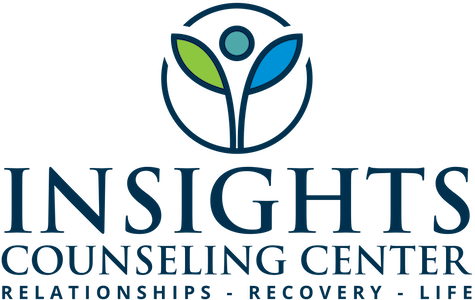Embracing Relief: The Power of Neurofeedback in Treating Pure "O" OCD
Living with obsessive-compulsive disorder (OCD) can be an incredibly distressing experience. For individuals struggling with Pure O OCD, the invisible nature of their obsessions can further compound the emotional turmoil. These obsessions typically involve intrusive and distressing thoughts or images without any accompanying visible compulsions. However, there is great hope on the horizon in the form of neurofeedback therapy. When paired with evidence-based therapy techniques like Exposure and Response Prevention (ERP), neurofeedback can serve as a powerful tool in turning down the volume on obsessive thoughts and fostering healthy coping mechanisms.
Understanding Pure "O" OCD
While OCD is often associated with external compulsions, Pure O OCD operates differently. It manifests primarily through internal mental obsessions rather than observable rituals. Individuals with Pure O OCD often struggle with intrusive thoughts of violence, harm, or socially unacceptable images that can be distressing and confusing. What makes this form of OCD particularly challenging is the ability to conceal these obsessions, leading to feelings of isolation and shame.
Neurofeedback: A Path to Relief
Neurofeedback therapy offers new possibilities for finding relief from Pure O OCD. By utilizing advanced brainwave monitoring techniques, neurofeedback helps individuals gain awareness and control over their brain activity. This non-invasive therapy provides real-time feedback on brainwave patterns, allowing individuals to not only observe their brain's activity but also learn to regulate it.
Turning Down the Volume
With neurofeedback, individuals can learn to turn down the volume of the obsessive thoughts that often plague them. By training the brain to recognize and respond differently to these intrusive thoughts, neurofeedback helps break the cycle of rumination and obsession. Through repeated sessions, individuals can develop healthier neural pathways, reducing the impact of obsessive thoughts and allowing for greater cognitive flexibility.
The Power of ERP in Conjunction with Neurofeedback
While neurofeedback therapy provides an essential foundation for managing Pure O OCD, pairing it with therapy techniques such as ERP is crucial for comprehensive treatment. ERP, a form of cognitive-behavioral therapy, focuses on exposing individuals to their distressing obsessions, without engaging in the associated rituals or avoidance behaviors. The therapist guides and supports the individual throughout this process, helping them learn to tolerate the distress elicited by their thoughts and reframe their relationship with them.
Changing the Channel in a Healthy Way
By working with a therapist who can provide ERP alongside neurofeedback, individuals with Pure O OCD can learn to change the channel in their minds. Instead of closing the obsessive thought loop, they are empowered to redirect their focus to healthier thoughts and behaviors. This process ultimately promotes emotional resilience, as individuals build the capacity to face distressing thoughts head-on and develop effective coping strategies.
Pure O OCD can be an overwhelming and isolating experience, but there is hope for healing and relief. Neurofeedback therapy, in conjunction with evidence-based techniques like ERP, has the potential to transform the lives of individuals struggling with Pure O OCD. So, if you or someone you know is living with this condition, remember that you are not alone. With the right treatment, understanding, and support, you can find your way to recovery and thrive. Reach out to a qualified therapist today and take the first step on the path to a brighter future.

